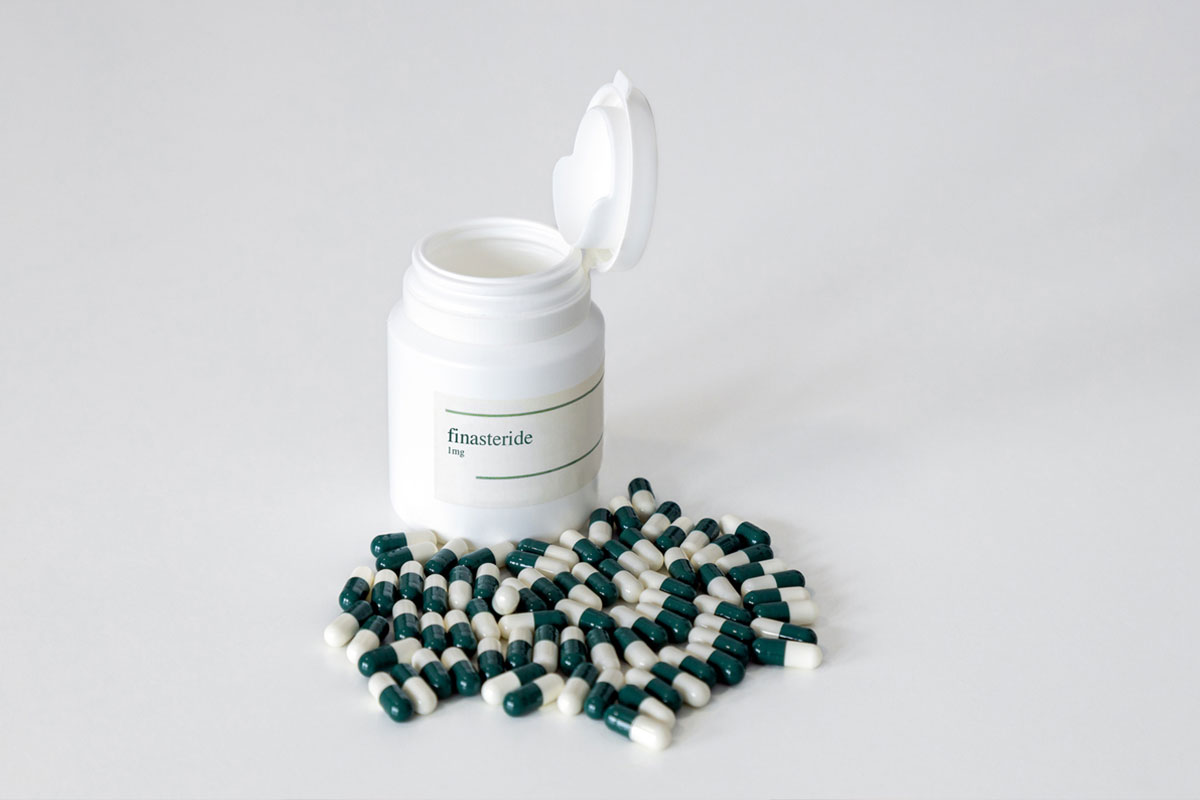
Research Methodology
Recently published articles about Research Methods and Statistics
Original Research
Lack of Generalizability of PTSD Treatment Trials: The Recent Brexpiprazole-Sertraline Trials as an Example
November 26, 2025
In an outpatient psychiatry sample, nearly 95% of patients who want treatment for PTSD would not have qualified for the trials of brexpiprazole-sertraline for PTSD.
Clinical and Practical Psychopharmacology
The Superiority of Clozapine Over SGAs in Patients With Treatment-Resistant Schizophrenia
August 25, 2025
Clozapine is associated with many adverse effects. Given the findings that olanzapine and risperidone may be as good as clozapine in treatment-resistant schizophrenia (TRS), it may be worth trialing...
Clinical and Practical Psychopharmacology
A Primer on Individual Participant Data Meta-Analysis and Its Strengths and Limitations
July 7, 2025
This article discusses individual participant data meta-analysis, which differs from conventional meta-analysis in that the statistical team obtains and processes individual participant data from the source studies.
Clinical and Practical Psychopharmacology
Target Trial Emulation: A Concept Simply Explained
February 12, 2025
Target trial emulation can address study objectives that, for ethical or logistic reasons, cannot easily be examined in RCTs. Read this article to learn about the methodology and explore...

















